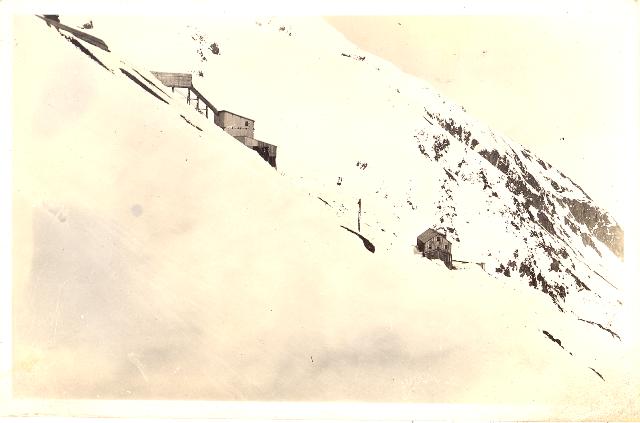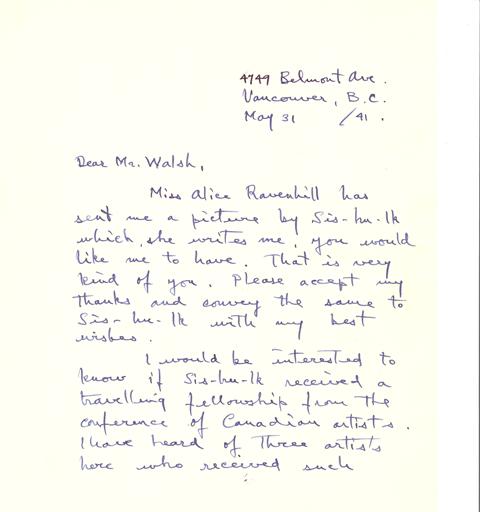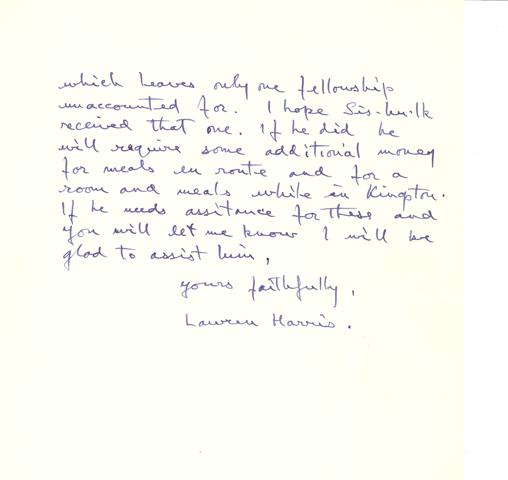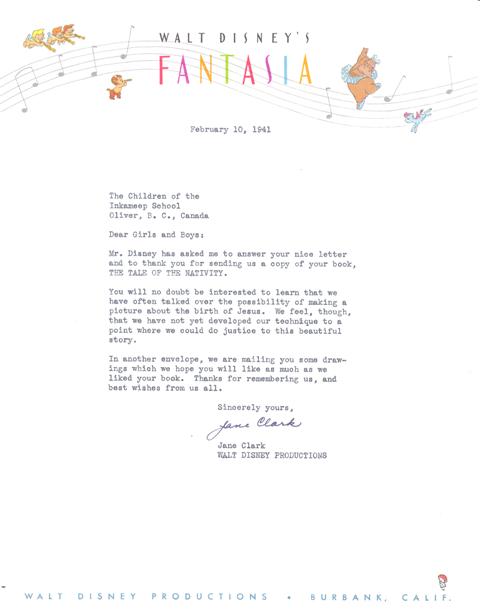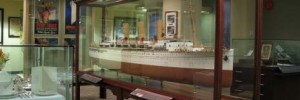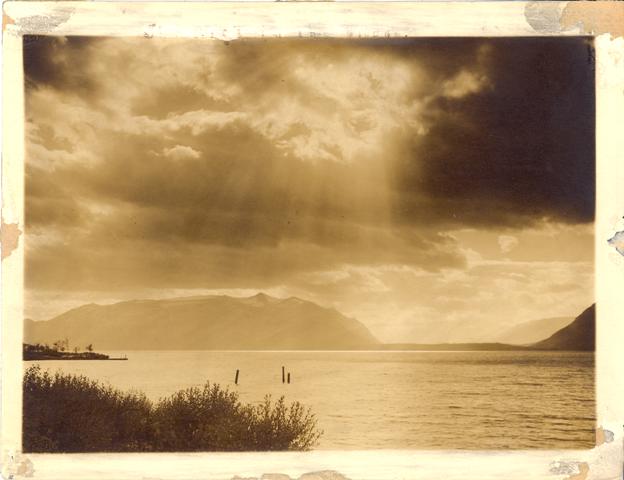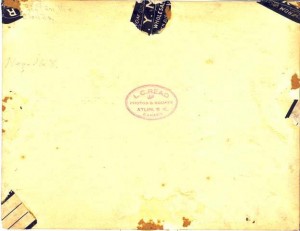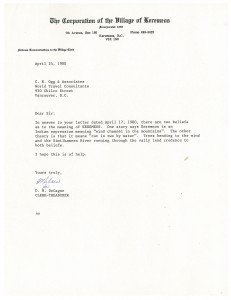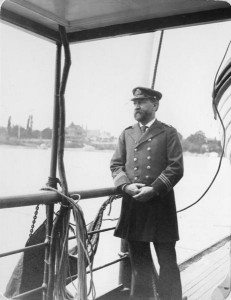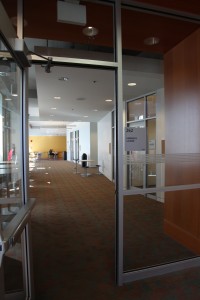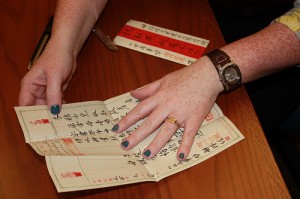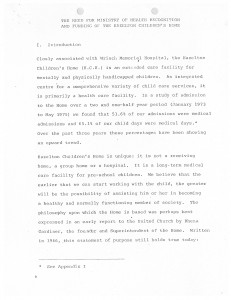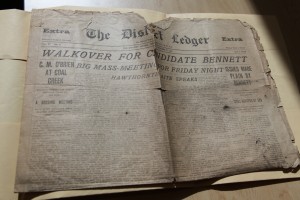This week, our featured room in the Irving K Barber Learning Centre, is the Mackenzie Seminar Room, room 112, located in Rare Books and Special Collections. The Mackenzie seminar room is a bit different from the other rooms in that it is not named after a place, but an explorer: Sir Alexander Mackenzie.
Sir Alexander Mackenzie (1764-1820), completed the first recorded transcontinental crossing of North America by a European north of Mexico. On July 20, 1793, Mackenzie and his party arrived at Bella Coola, where he first reached saltwater at South Bentinck Arm, an inlet of the Pacific Ocean.
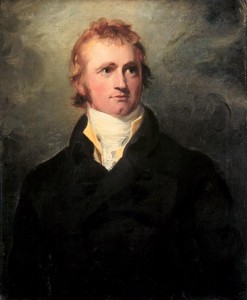
Image credit: Alexander Mackenzie painted by Thomas Lawrence (c.1800), courtesy National Gallery of Canada
In Rare Books and Special Collections, we have many historical maps documenting Mackenzie’s explorations. For example, in the Dr. Andrew McCormick map collection, there are a number of maps that illustrating Mackenzie’s travels. For example, McCormick map 106, A map of America, between the latitudes 40 and 70, and longitudes 45 and 180 West, exhibiting Mackenzie’s Track from Montreal to Fort Chipewyan & from there to the North Sea in 1789, & to the West Pacific Ocean in 1793 (London: Alexander Mackenzie, 1801). On this map, Mackenzie’s exploration routes of 1789 and 1793 are highlighted in red and yellow, respectively.

Image credit: Dr. Andrew McCormick collection, mccormick_106
In Rare Books and Special Collections, the Mackenzie seminar room is a multi-functional space.
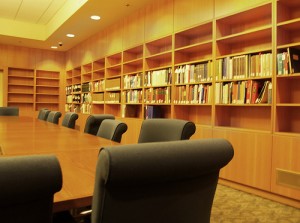
Image credit: UBC Library
The reference collection (e.g. bibliographies, dictionaries, city directories, encyclopedias, etc) is arranged on the shelves in the room. As well, Rare Books and Special Collections librarians and archivists use this space to teach students, faculty, staff and community members about our collections. Since it is a room connected to the Fort Fraser Reading Room, we are able to bring out a variety of material and examples for class participants to use. If you are interested in arranging a class or tour using materials from Rare Books and Special Collections, please send an email to
Rare Books and Special Collections.
